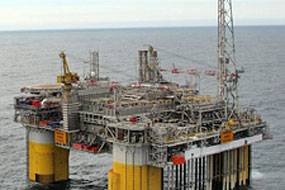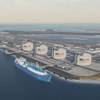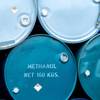Statoil’s Kristin Resumes Production
The Kristin field in the Norwegian Sea came back on stream on Jan. 22. StatoilHydro has replaced lifeboat components and done extensive testing to ensure that these craft function in all weather and wave conditions.
Kristin produces about 10 million cubic metres of gas and roughly 10,000 cubic metres of condensate per day. Production capacity is 20,000 cubic metres of condensate and just over 18 million cubic metres of rich gas per day.
Production from Kristin has been shut down since 8 January. A number of specialist teams in the group have worked with the safety delegate service and lifeboat supplier Umoe Schat-Harding to find a solution. The authorities have been informed of the decision.
“The problem with the new lifeboats on the Kristin platform was with the hydraulic mechanism which releases the lifeboats from the platform,” explained operations vice president Eileen Andersen Buan. “We’ve solved that with a more robust system designed to take a higher hydraulic pressure. That equipment has been tested, verified and installed over the past few days.”
Helicopters represent the primary means of evacuation from offshore installations in the event of hazards or accidents. Lifeboats are also important in such circumstances. These craft must be deployable whenever a platform needs to be evacuated. Freefall lifeboats have never been launched for such a purpose on the Norwegian continental shelf.
Challenges related to the use of such craft for evacuating Norway’s offshore installations were revealed by testing on Veslefrikk in the North Sea during 2005. Since then, the Norwegian Oil Industry Association (OLF) and StatoilHydro have pursued a programme to improve freefall lifeboats on the NCS.
Many of these craft have been modified, with new models installed on some installations during the past few years.
The problems have fallen under three main heads: design weaknesses, the influence of gravitational forces during a drop, and driving the craft through the sea in extreme winds and waves.
“Our lifeboats are safer now than they were only a short time ago,” affirmed Alf Morten Sirevaag, who heads the lifeboat project in StatoilHydro. “We still expect that production could be interrupted on some installations during the winter, but believe that the impact will be lower this season than in earlier years.”


















